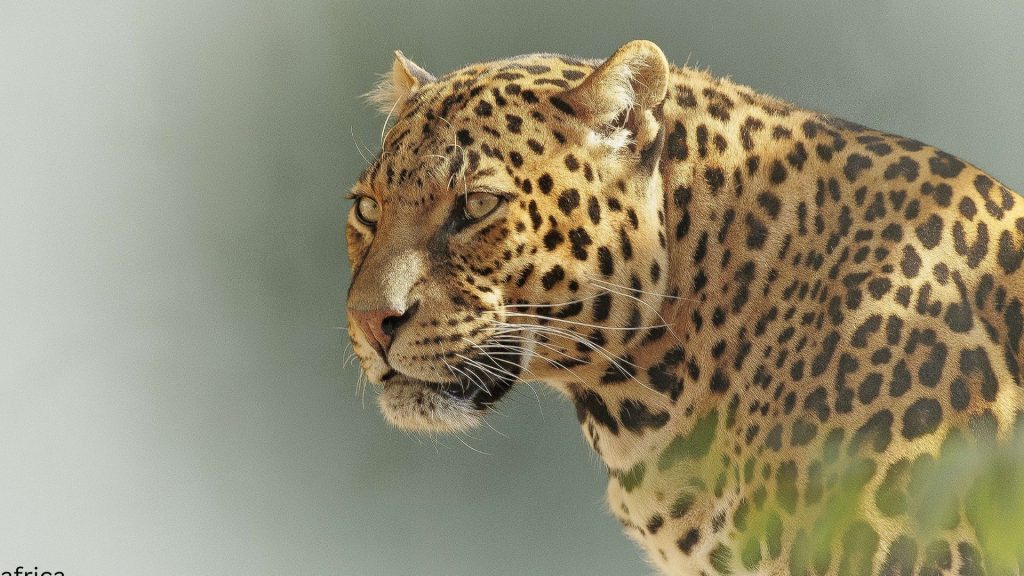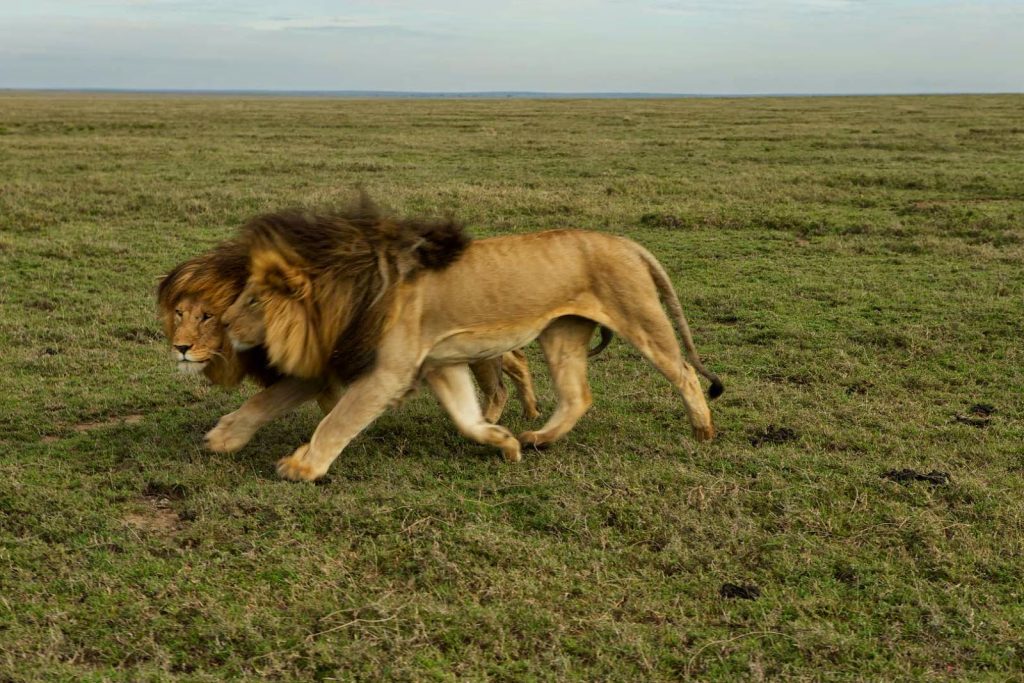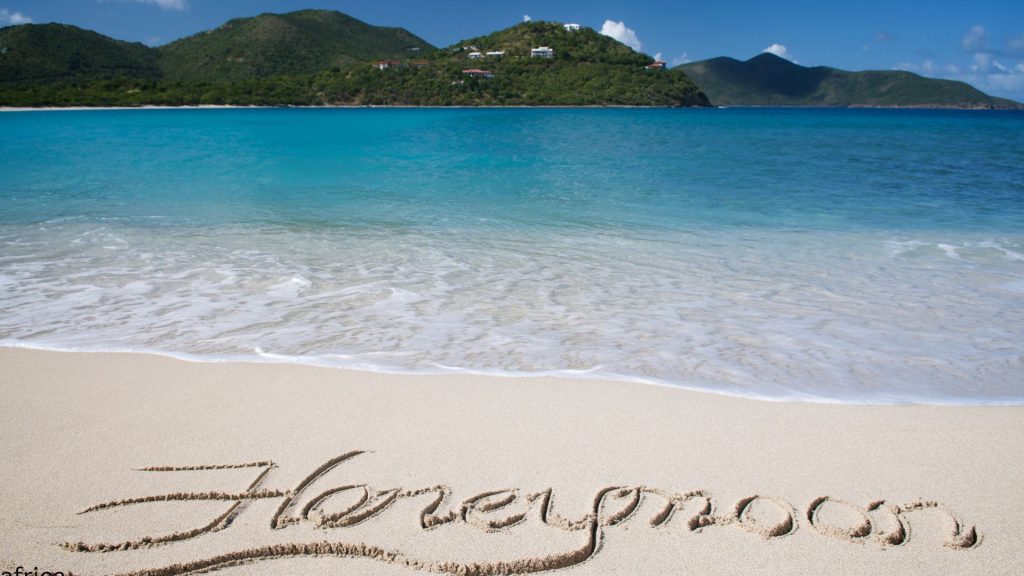Katavi National Park
Katavi National Park, Tanzania
Size: 4,471 sq km (1,727 sq miles)
Established: 1974
Distance from Arusha: over 1,000 km (620 miles) – about 4 hours flying time
Description
Katavi National Park is the third-largest park in Tanzania. It is also by far one of the least visited in the country, making it a truly untouched wildlife paradise. It is located in the west of Tanzania and is quite hard to access by road, so the easiest way to and out is by charter flights.
The park is primarily fed by the Katuma River, which in the rainy season – April and May – transforms the park into a wetland. Lake Chada and Lake Katavi are both seasonal lakes that are situated within the park boundaries. In terms of vegetation, the park hosts a varied mix of bushland, Miombo forests, riverine forests as well and grasslands.
Highlights
For those lucky enough to visit Katavi, the dry season – June to October – is by far the best time to see animals. The Katuma River is one of the few sources of water in the dry season and is the lifeline for large and small creatures when they congregate along the river to drink and bathe. Then, when the last lakes and swamps are drying, up to a thousand hippos at times would huddle together for that last bit of water. Large crocodiles can be seen basking in the sun or the remaining mud pools.
Katavi National Park: Tanzania’s Untamed Wilderness
Katavi National Park, Tanzania’s third-largest and most remote wildlife sanctuary, offers an unrivaled safari experience in one of Africa’s last true wildernesses. Nestled in the southwest of the country within a truncated arm of the Rift Valley that culminates in the shallow expanse of Lake Rukwa, Katavi remains isolated, pristine, and largely untouched.
Dramatic Scenery and Diverse Wildlife
Katavi’s landscapes are breathtakingly varied. Floodplains lined with thick reeds and winding waterways are teeming with hippos and vibrant birdlife. In the western woodlands, dense forest canopies provide shelter for roaming elephants and buffalo herds. Seasonal lakes, colored and muddy after the rains, attract animals from all corners of the park, creating a natural wildlife spectacle. Katavi is also home to the rare roan and sable antelopes, making it a must-visit destination for serious safari enthusiasts.
Seasonal Wildlife Concentrations
While much of Katavi is covered by hypnotic Brachystegia woodlands—home to elusive elands, sable, and roan antelopes—the park’s real wildlife action centers around the Katuma River and floodplains, including Lakes Katavi and Chada. During the rainy season, these marshy lakes become a haven for countless waterbirds, as well as Tanzania’s densest populations of hippos and crocodiles.
In the dry season, the retreating waters transform Katavi into one of Africa’s most extraordinary wildlife arenas. The Katuma River becomes the sole source of drinking water for miles, drawing thousands of animals to its banks. Imagine witnessing up to 4,000 elephants, massive herds of 1,000-plus buffalo, giraffes, zebras, impalas, and reedbucks converging on the floodplains, while lions, hyenas, and leopards hunt in the shadows.
Iconic Wildlife and Birdwatching Paradise
The Katisunga Plains in the park’s heart are a magnet for wildlife. Here, visitors can spot both roan and sable antelopes grazing alongside zebras, hartebeests, elands, giraffes, and defassa waterbucks. Katavi is renowned for hosting some of the largest buffalo herds in Africa, alongside a robust population of approximately 3,000 elephants. Predators such as cheetahs, hyenas, jackals, servals, leopards, and lions are also present, completing the circle of life in this untamed wilderness.
Birdwatchers will find paradise in Katavi, with over 400 bird species recorded in the park. Large flocks of saddle-billed, open-billed, and spoonbill storks share the skies with African fish eagles, Bateleurs, lilac-breasted rollers, crested barbets, and paradise flycatchers.
A True Safari Experience
Katavi National Park is more than a safari destination—it’s a journey back in time to the Africa of a century ago. Its isolation, raw beauty, and abundant wildlife create an unforgettable experience for those seeking an authentic adventure. Whether you’re a wildlife photographer, birdwatcher, or adventure traveler, Katavi promises unparalleled encounters with nature at its most magnificent.
Discover Katavi National Park – an untouched wilderness, home to Africa’s largest buffalo herds, rare antelopes, and a spectacular array of wildlife, set against a backdrop of pristine landscapes and seasonal rivers that bring the savannah to life.
Immerse yourself in the unparalleled splendor of Katavi National Park, where the untouched wilderness beckons and the untamed spirit of Africa reigns supreme. Experience a journey like no other, surrounded by the unspoiled wonders that make Katavi a gem in Tanzania‘s crown.
Activities
Guests can enjoy game-watching and bird-watching on game drives. Lodges in the park also offer walking safaris and night game drives, so you will be able to experience a larger variety of animals and plants more intimately.



